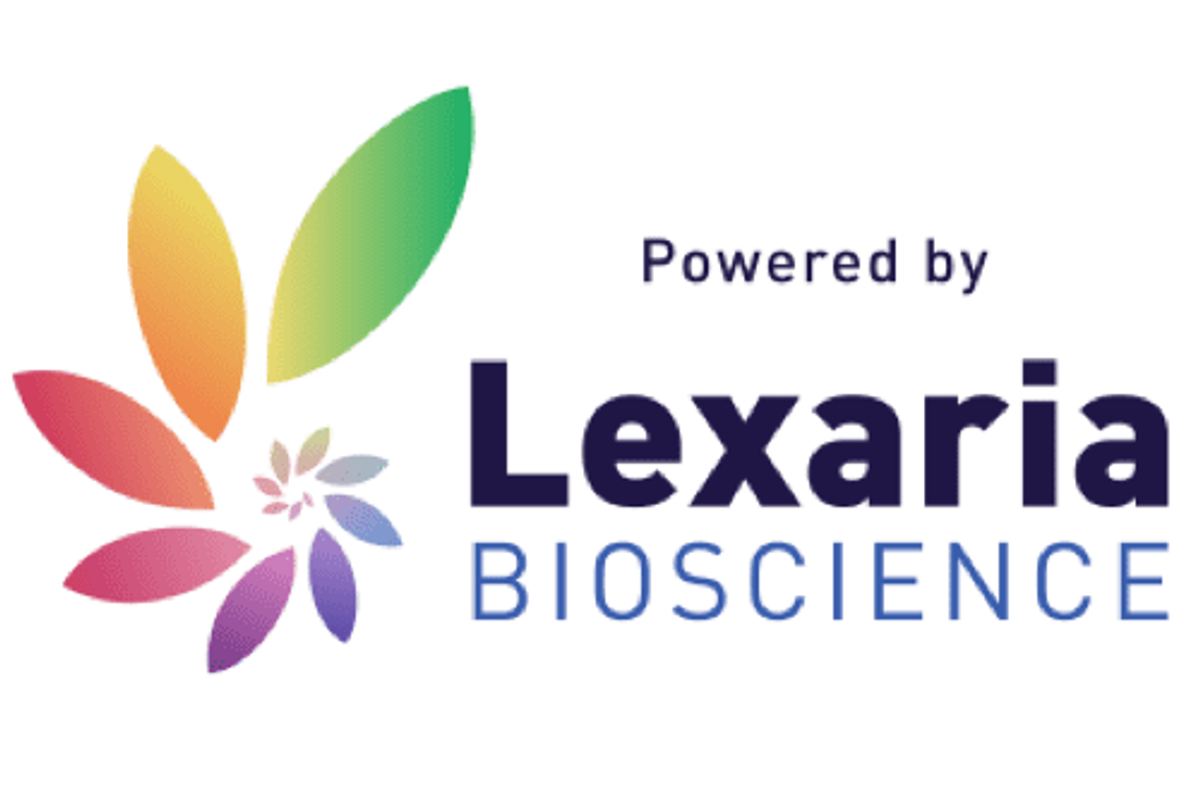The shares of
Lexaria Bioscience (NASDAQ:LEXX) are trading higher in the pre-market Thursday after the Canadian biotechnology company announced a key patent win in the U.S. for its DehydraTECH drug delivery technology. Lexaria (LEXX) says that the U.S. Patent and Trademark Office informed the company it would receive the patent 11,311,559 titled "Compositions and Methods For Enhanced Delivery Of Antiviral Agents" on April 26. According to Lexaria (LEXX), it is the 25th global patent received by the company and the first-ever for the use of DehydraTECH in the enhanced delivery of antiviral drugs. "This new patent adds to our existing suite of granted patents in the EU, the U.S., India, Japan and Australia, and continues to build value for Lexaria shareholders and clients," Chief Executive Chris Bunka said.
For further details see:
Lexaria Bioscience secures U.S. patent for drug delivery technology 
